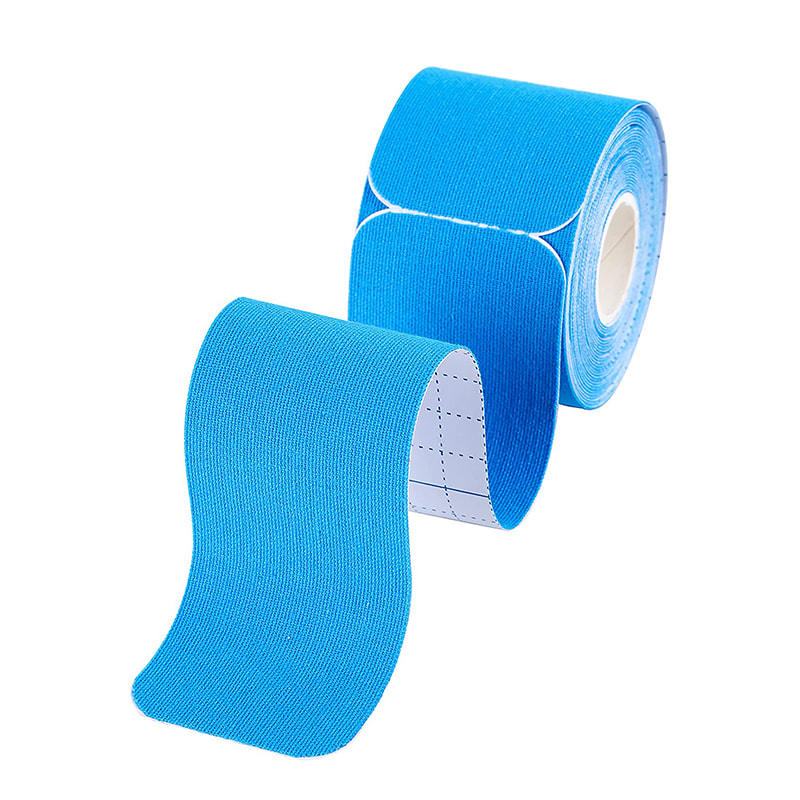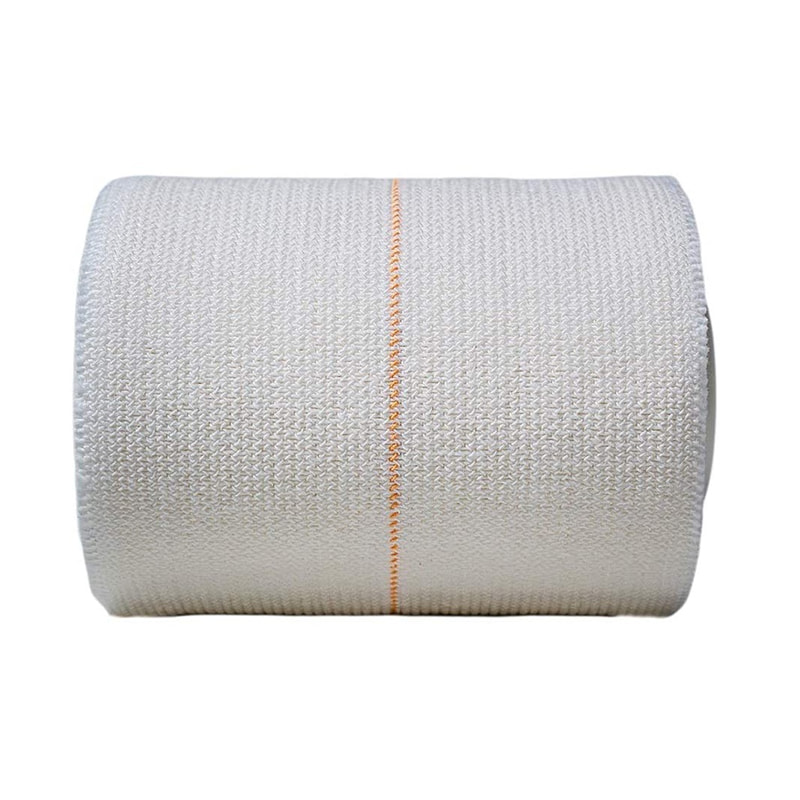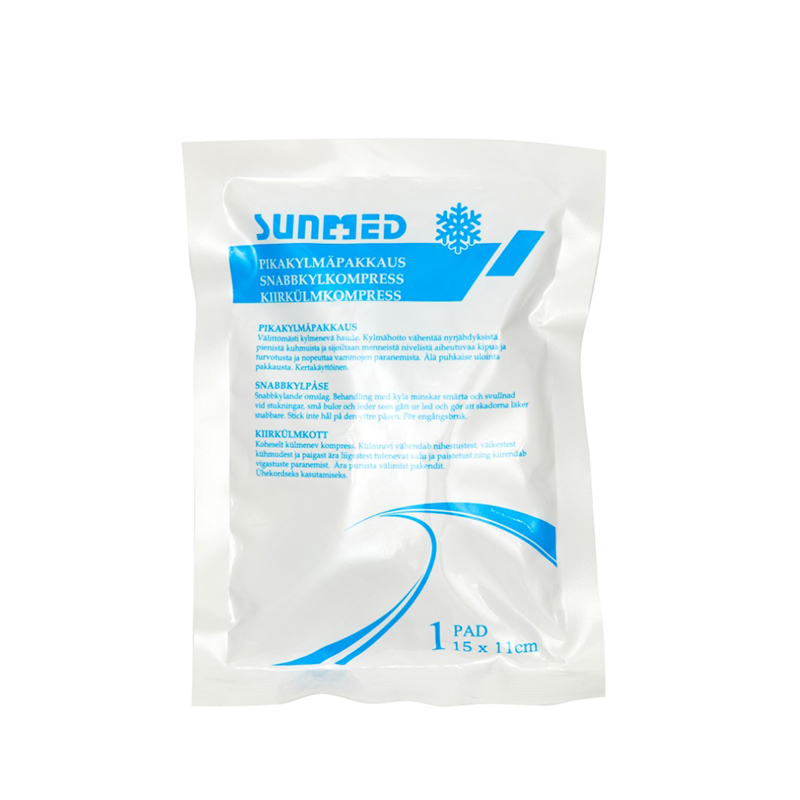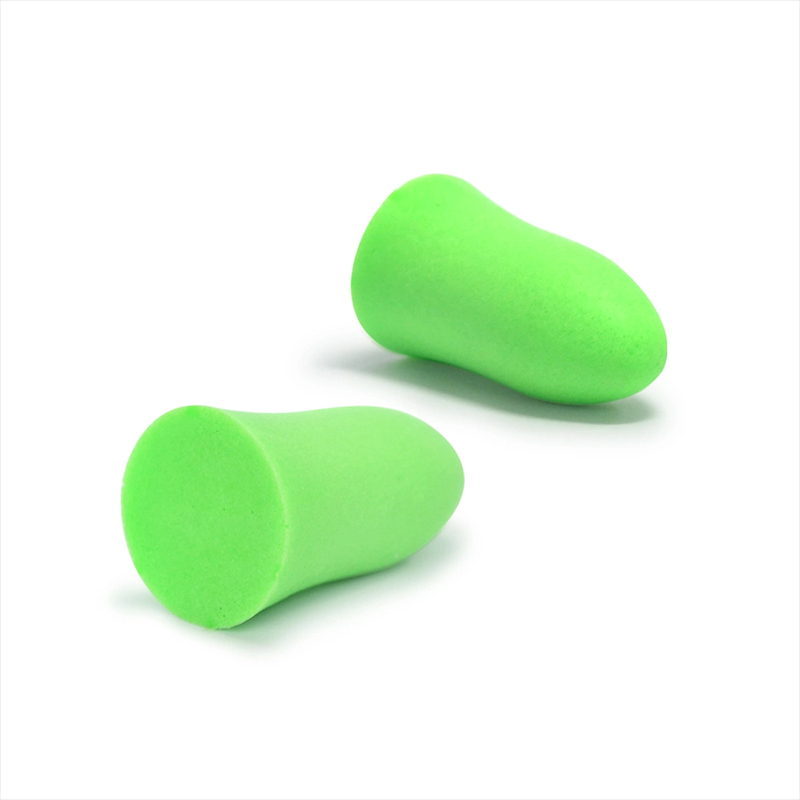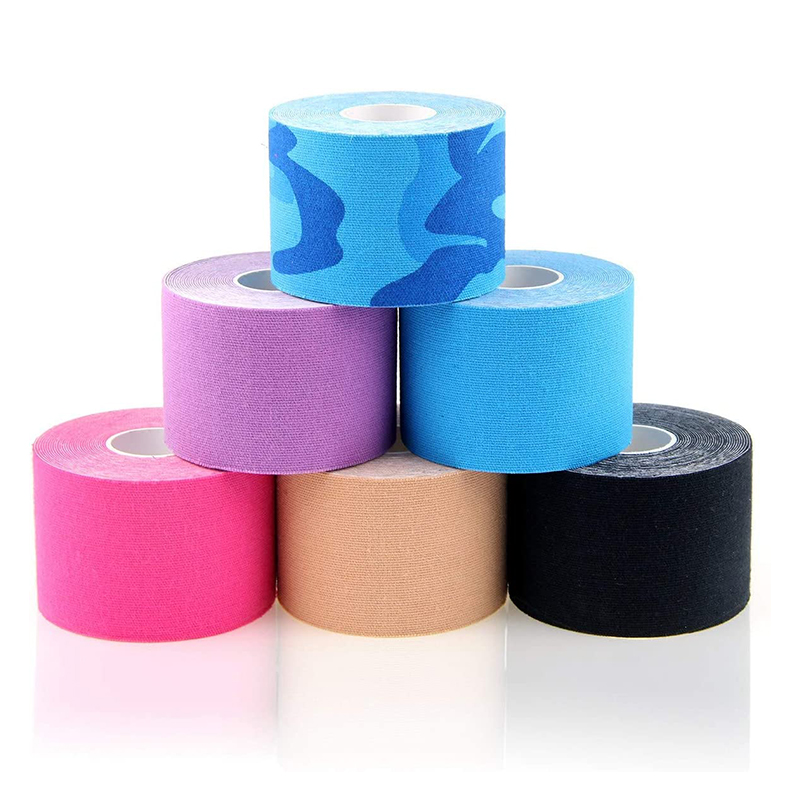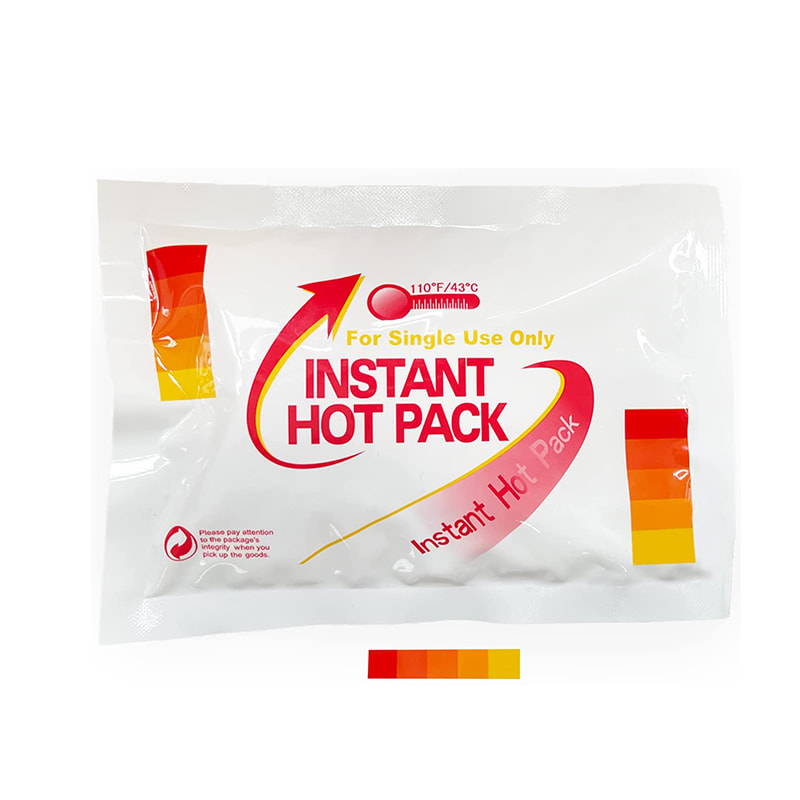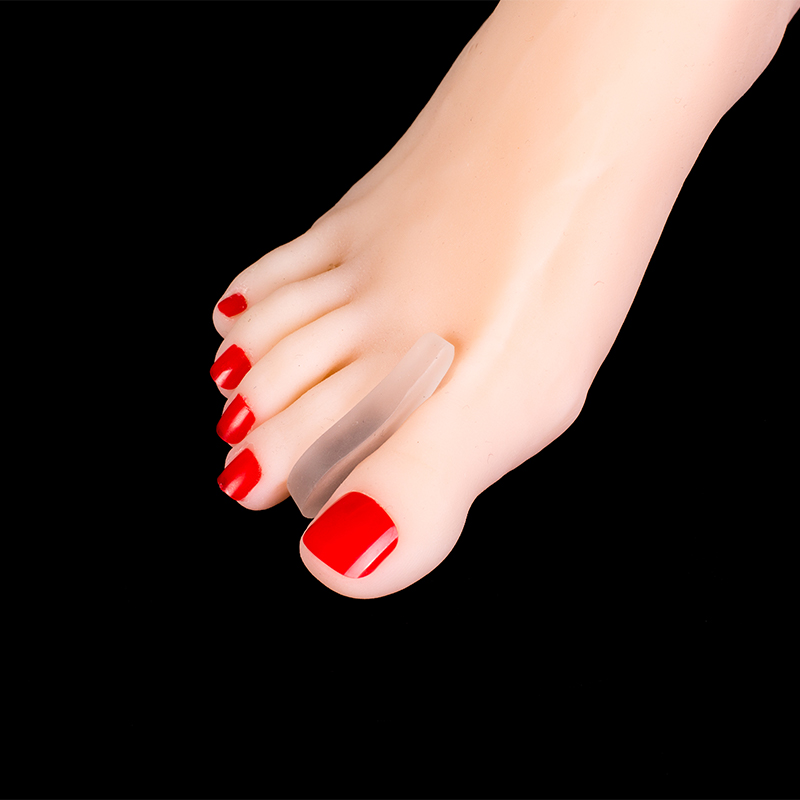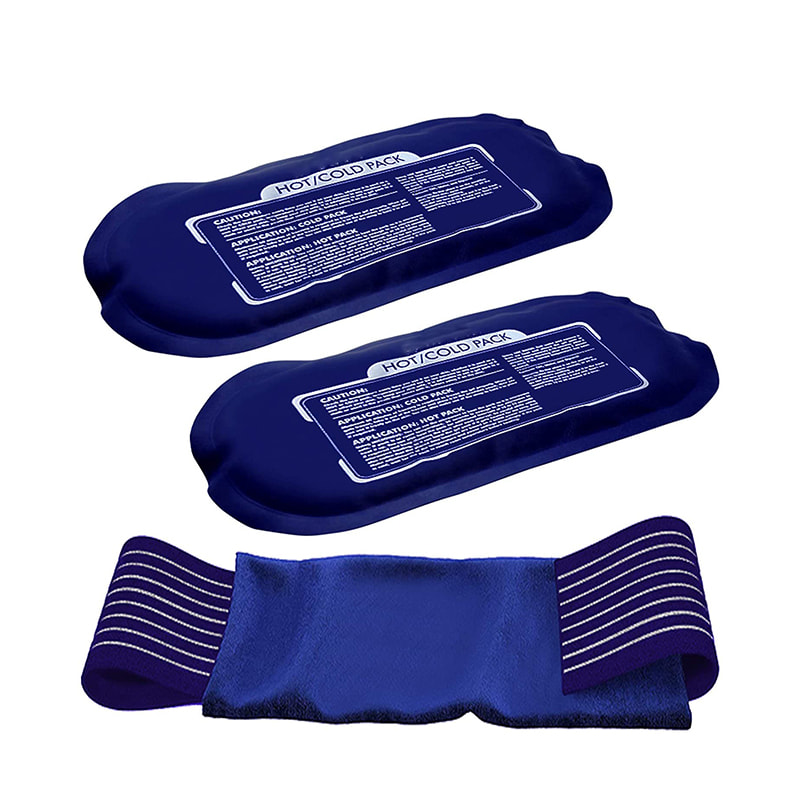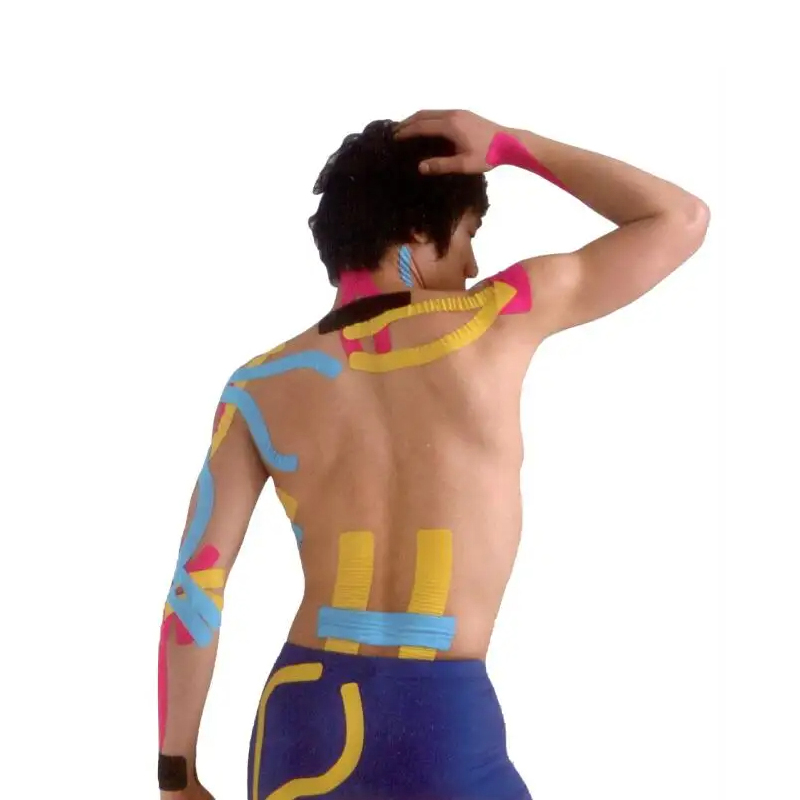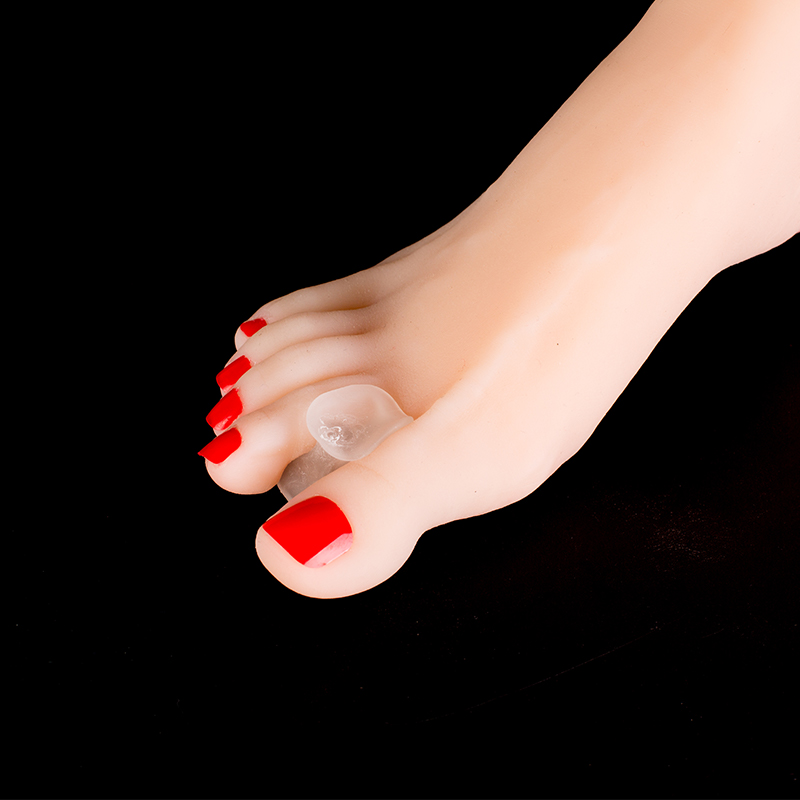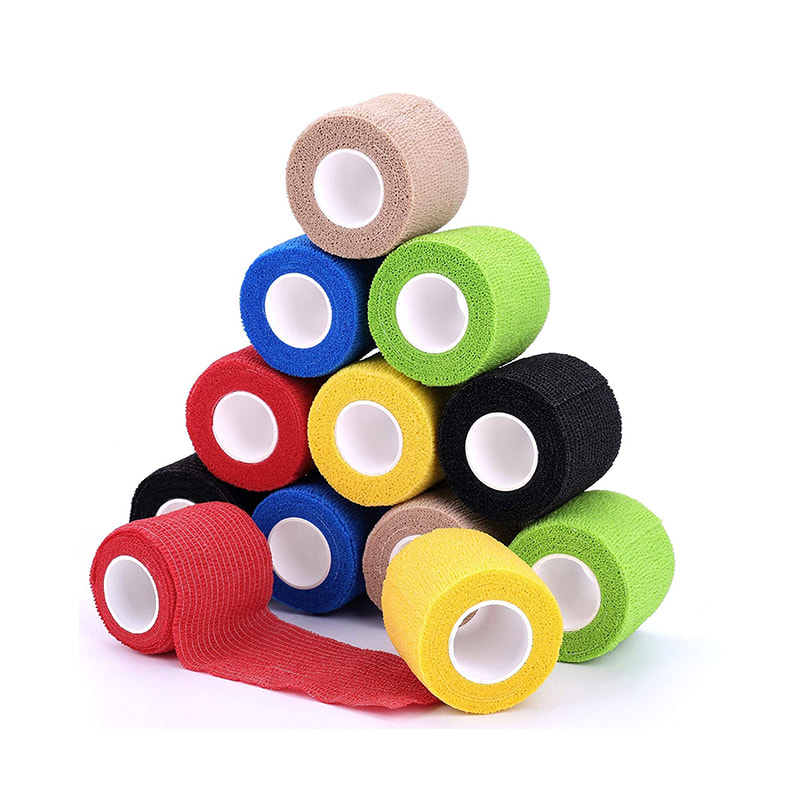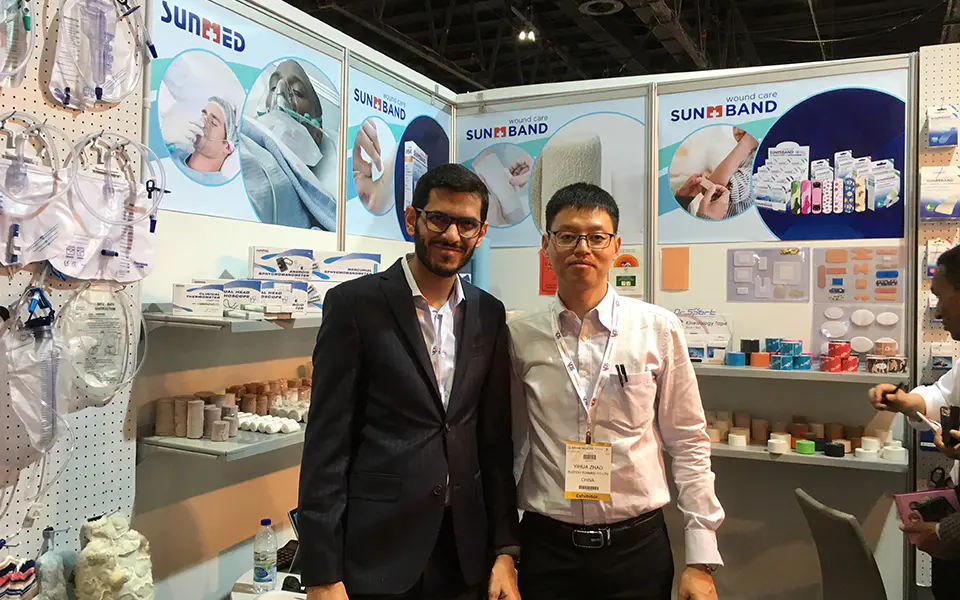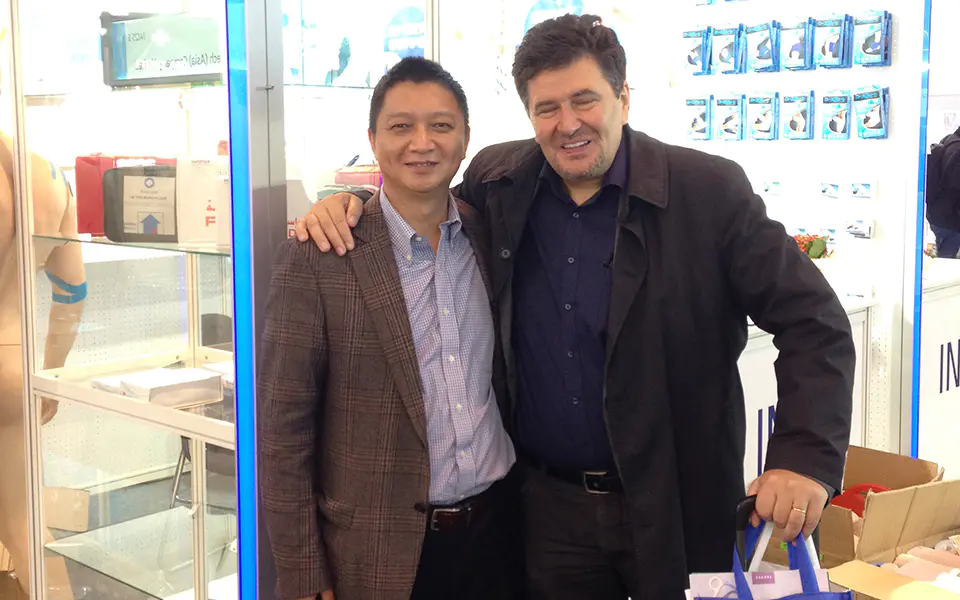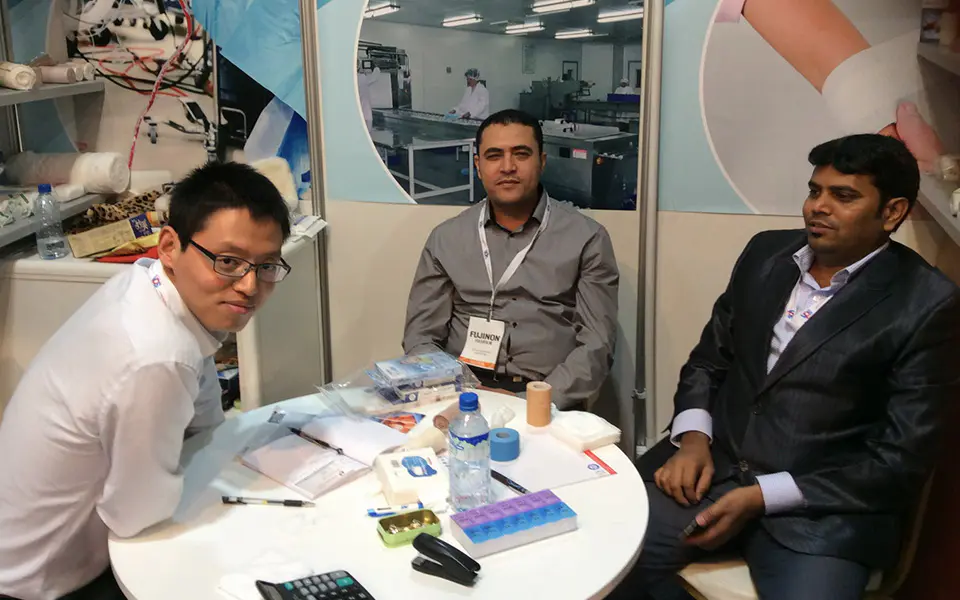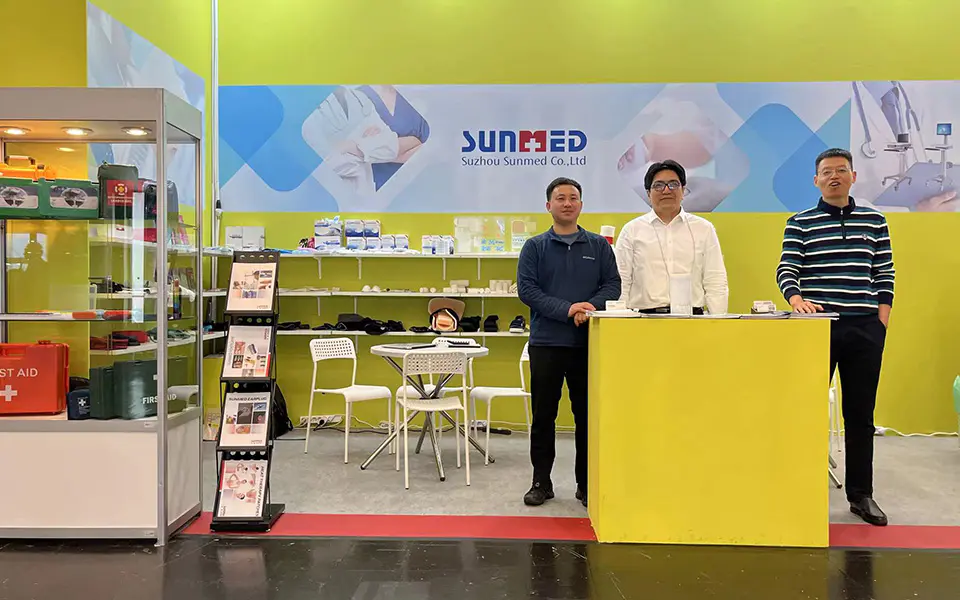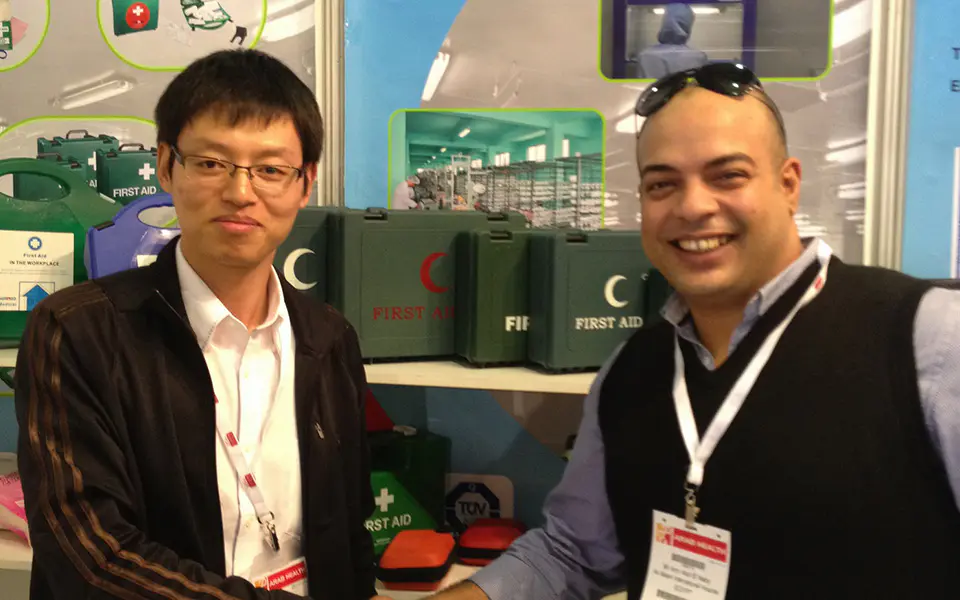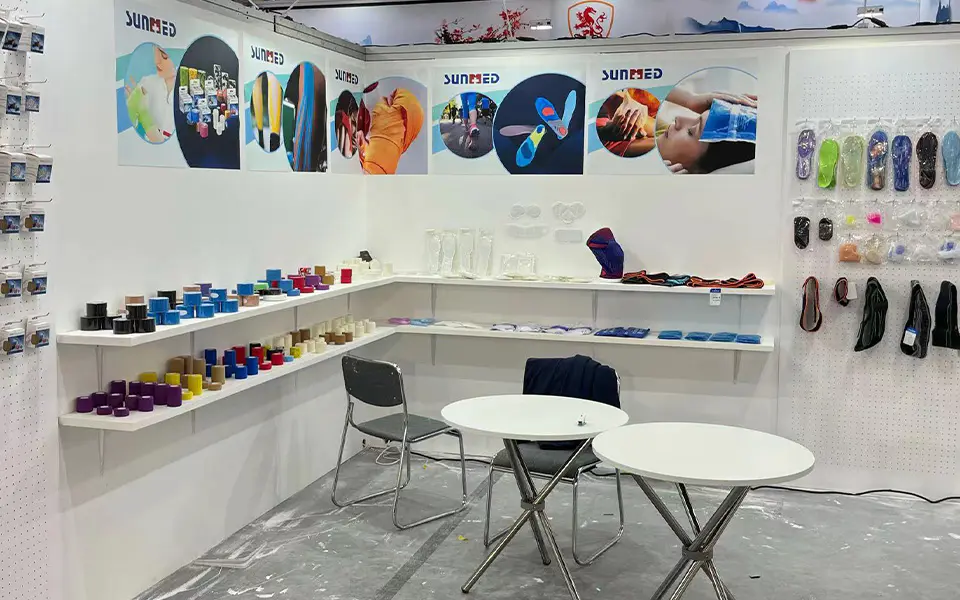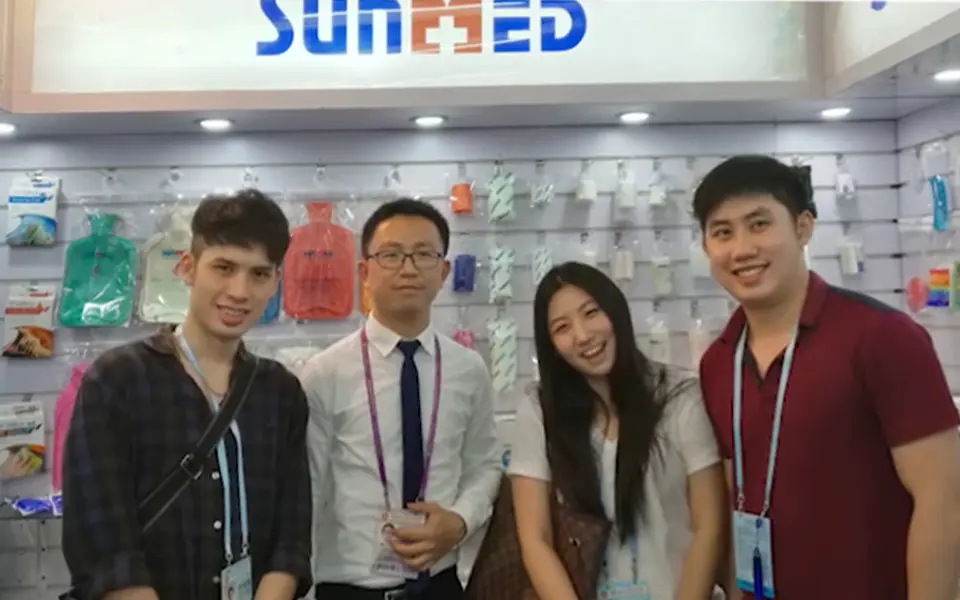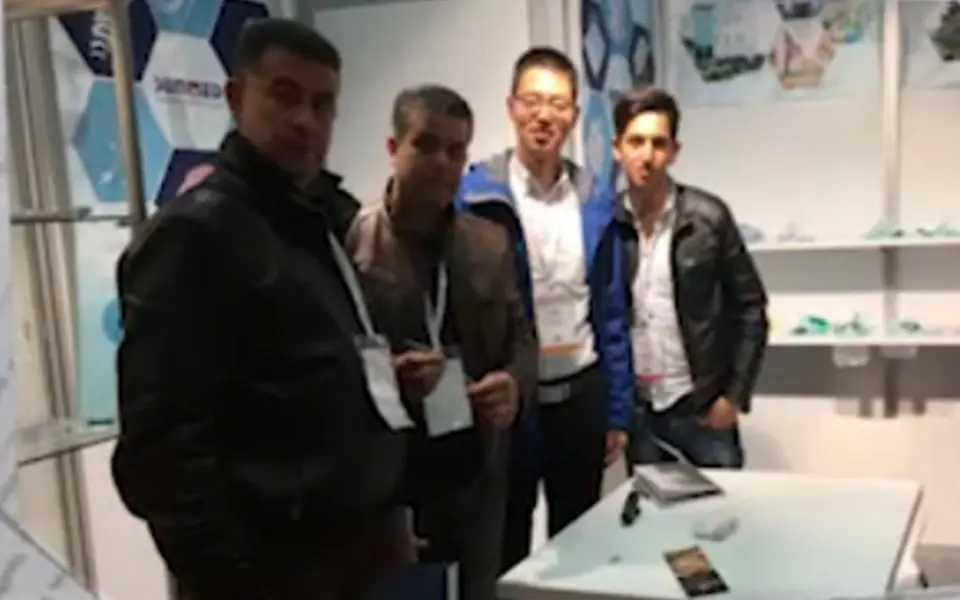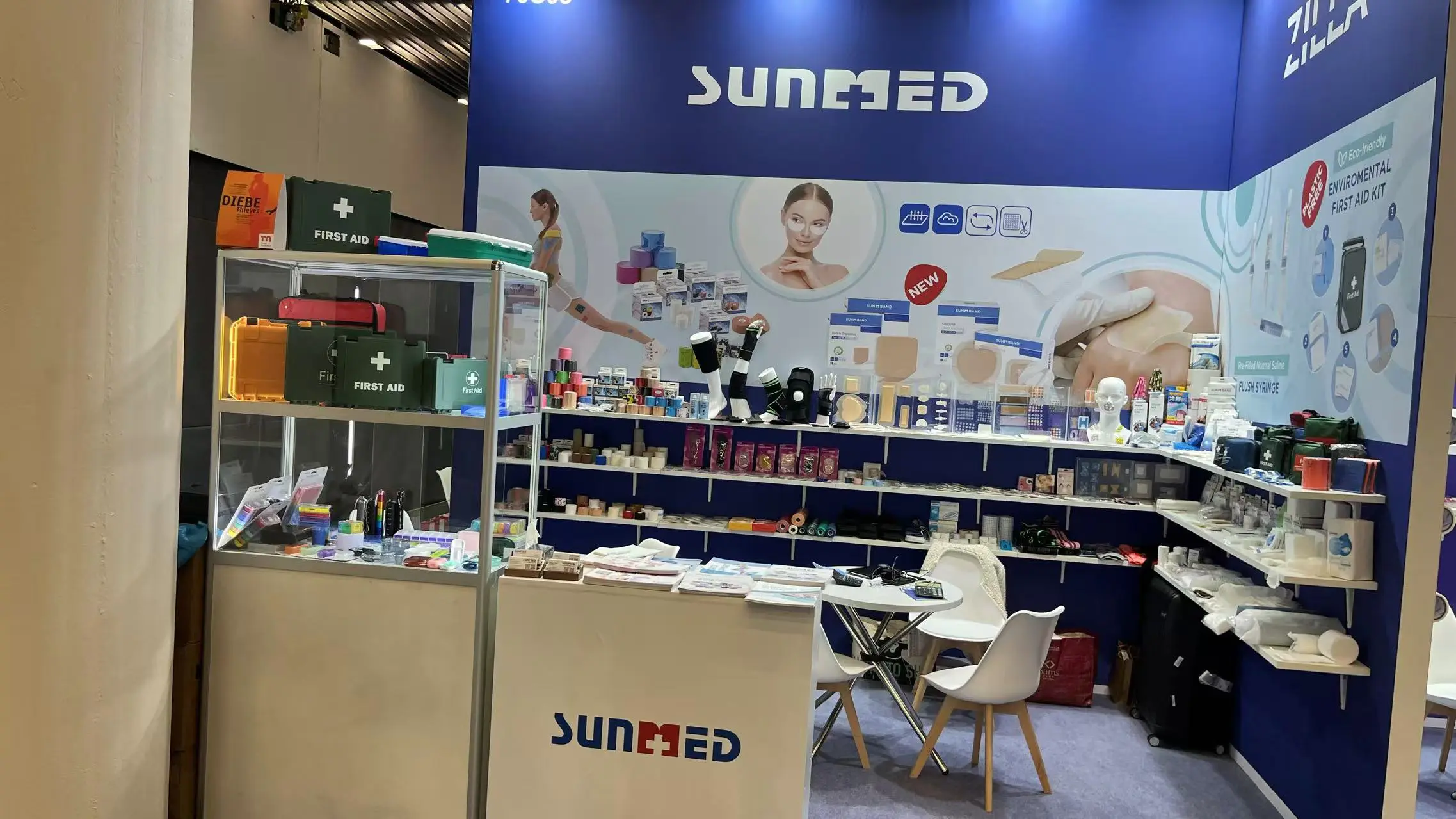In the healthcare industry, the effectiveness of wound care, surgical management, and patient recovery often depends on the quality of medical consumables. Among these, adhesive tapes play a crucial role in securing dressings, protecting wounds, and supporting medical devices. While traditional medical adhesive tapes such as cloth tape, paper tape, and transparent film tape have been used for decades, the introduction of Medical PVC Foam Tape has expanded the range of solutions available to clinicians and patients.
Medical PVC foam tape is manufactured from a soft, flexible polyvinyl chloride (PVC) foam backing with a medical-grade adhesive. It is specifically engineered to deliver a secure, waterproof, and comfortable seal. Its unique composition and characteristics make it a standout alternative to conventional tapes. In this article, we will compare medical PVC foam tape to traditional medical adhesive tapes, highlight their differences, and explore the specific benefits of PVC foam tape in modern healthcare.
Understanding Medical PVC Foam Tape
Medical PVC foam tape is designed for specialized medical purposes where durability, comfort, and protection are required. Its features include:
Secure and Waterproof Seal: Creates a barrier against fluids, dirt, and bacteria, ensuring wound safety.
Cushioning Effect: Provides a soft protective layer, reducing pressure and friction around injured or sensitive skin.
High Conformability: Adapts easily to body contours, ensuring comfort and stability even in areas of movement.
Hypoallergenic Adhesive: Safe for patients with sensitive skin or allergies.
Versatile Applications: Used for wound dressings, surgical incision coverage, securing medical devices, and even cushioning medical instruments.
This makes it particularly valuable in settings such as post-operative care, wound management, and sensitive skin treatment.
Traditional Medical Adhesive Tapes: An Overview
Traditional medical adhesive tapes encompass a wide range of products, including:
Cloth Tape – Strong and breathable, often used for long-term fixation.
Paper Tape – Gentle, lightweight, and suitable for delicate or elderly skin.
Transparent Film Tape – Waterproof and flexible, often used to secure IV lines.
Silk Tape – Durable and strong, but less breathable.
Micropore Tape – Breathable, hypoallergenic, and widely used in hospitals.
While each type has its advantages, they also present limitations such as limited cushioning, inconsistent waterproofing, or skin irritation.
Comparative Analysis
The table below highlights the differences between Medical PVC Foam Tape and Traditional Medical Adhesive Tapes:
| Feature / Property |
Medical PVC Foam Tape |
Traditional Medical Adhesive Tapes (Cloth, Paper, Film, etc.) |
| Material Composition |
Soft PVC foam backing with medical-grade adhesive |
Cloth, paper, silk, or transparent polymer film with adhesive coating |
| Waterproofing Ability |
Excellent – forms a waterproof seal |
Varies – some are breathable but not waterproof |
| Cushioning & Protection |
Provides cushioning and reduces friction |
Minimal or no cushioning effect |
| Skin Compatibility |
Hypoallergenic and gentle on sensitive skin |
Some may cause irritation or allergies depending on material/adhesive |
| Conformability |
High – adapts to body contours and movement |
Moderate – depends on material flexibility |
| Adhesion Strength |
Strong and durable while remaining comfortable |
Varies widely – some are strong (cloth/silk), others weaker (paper) |
| Applications |
Wound care, surgical dressings, post-op care, medical devices, cushioning instruments |
General wound dressing fixation, IV line securement, minor medical uses |
| Durability |
Long-lasting, resistant to moisture and stress |
Varies – paper tapes degrade quickly, cloth is durable but not waterproof |
| Cost-Effectiveness |
Slightly higher cost but versatile and reliable |
Usually lower cost but may require frequent replacement |
Key Advantages of Medical PVC Foam Tape
- Superior Waterproof Seal
One of the biggest advantages of medical PVC foam tape is its waterproofing capability. Traditional tapes such as paper or cloth are often compromised when exposed to moisture, leading to frequent replacement and increased infection risk. PVC foam tape provides a reliable barrier that prevents fluids, dirt, and bacteria from penetrating, making it especially effective for wound dressings and post-surgical applications.
- Added Comfort and Cushioning
Unlike conventional tapes that sit flat against the skin, PVC foam tape adds a protective cushioned layer. This is particularly useful in preventing pressure sores, reducing friction around wounds, and providing comfort for patients who require long-term bandages or dressings.
- Gentle on Sensitive Skin
Patients with allergies or sensitive skin often experience irritation from traditional adhesives. Medical PVC foam tape, with its hypoallergenic adhesive, reduces the risk of adverse reactions and ensures a gentler, more patient-friendly experience.
- Versatility Across Applications
While conventional tapes are typically designed for specific purposes (e.g., cloth tape for strong fixation, paper tape for delicate skin), PVC foam tape offers multifunctionality. It can secure wound dressings, cover surgical incisions, support medical devices, and even protect instruments from slippage during procedures.
- Durability and Long-Term Reliability
PVC foam tape is built to last longer than most traditional tapes. Its resistance to moisture, stress, and environmental factors means fewer replacements are needed, improving both efficiency and cost-effectiveness in medical settings.
Limitations to Consider
While PVC foam tape offers numerous benefits, it is important to note its limitations:
Cost: PVC foam tape may be slightly more expensive than basic paper or cloth tape. However, its durability and multifunctionality often justify the investment.
Thickness: Due to its foam structure, it is thicker than traditional tapes. This may not be ideal for all applications where a thin, discreet adhesive is preferred.
Breathability: Unlike some porous tapes (e.g., micropore), PVC foam tape is less breathable, which might not be suitable for every wound type.
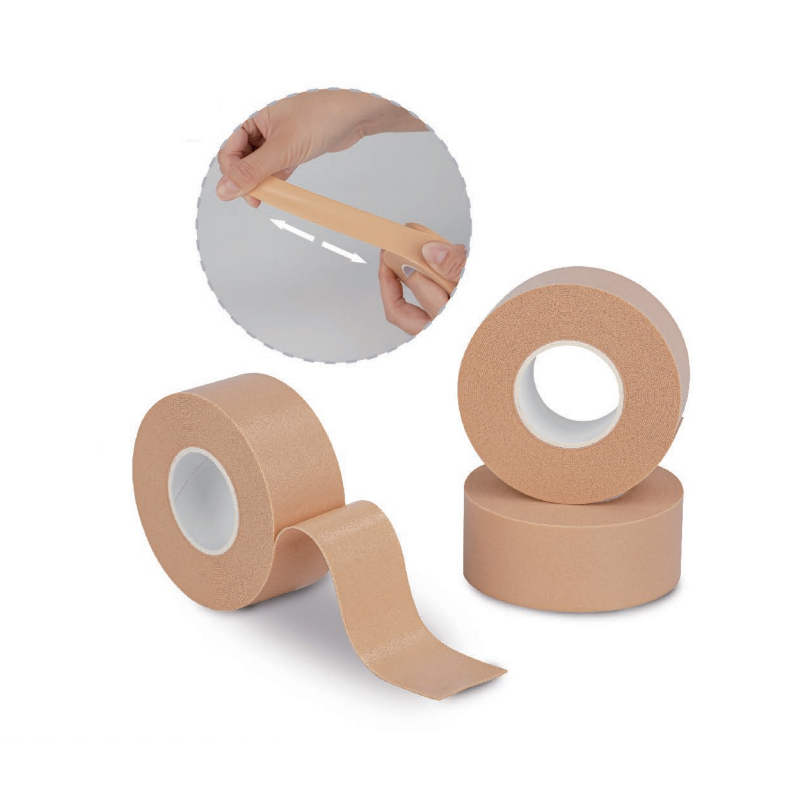
Applications in Modern Healthcare
Medical PVC foam tape has found its place in a variety of healthcare scenarios:
Wound Care & Dressings – Ensures dressings remain secure, protected, and cushioned.
Post-Surgical Care – Creates a waterproof and sterile barrier for surgical incisions.
Sensitive Skin Management – Ideal for pediatric, geriatric, and allergy-prone patients.
Medical Device Securement – Provides stable fixation for catheters, tubes, and monitoring devices.
Instrument Protection – Applied to medical tools to provide grip and prevent slippage during procedures.
Its adaptability makes it an essential tool in hospitals, clinics, and even home healthcare settings.
Conclusion
When comparing Medical PVC Foam Tape to traditional medical adhesive tapes, the differences are clear. While conventional tapes remain valuable for specific uses, PVC foam tape offers a combination of waterproofing, cushioning, durability, and skin-friendliness that sets it apart. For applications that require reliable sealing, patient comfort, and long-term performance, PVC foam tape proves to be a superior choice.
As manufacturers like Sunmed continue to refine and supply high-quality medical PVC foam tape, healthcare professionals and patients can benefit from a product that not only enhances clinical outcomes but also improves the overall care experience. Its versatility and protective qualities ensure that it will remain an essential adhesive solution in the evolving medical industry.

 English
English Español
Español русский
русский Français
Français Deutsch
Deutsch By Admin
By Admin
